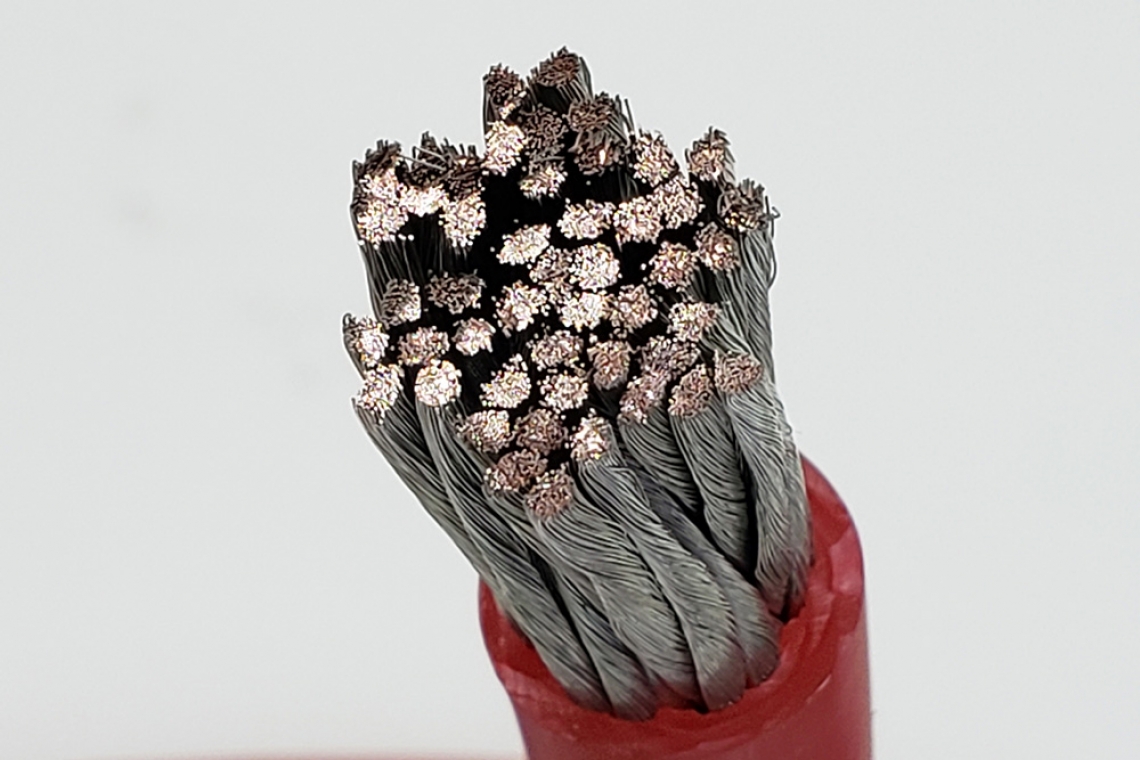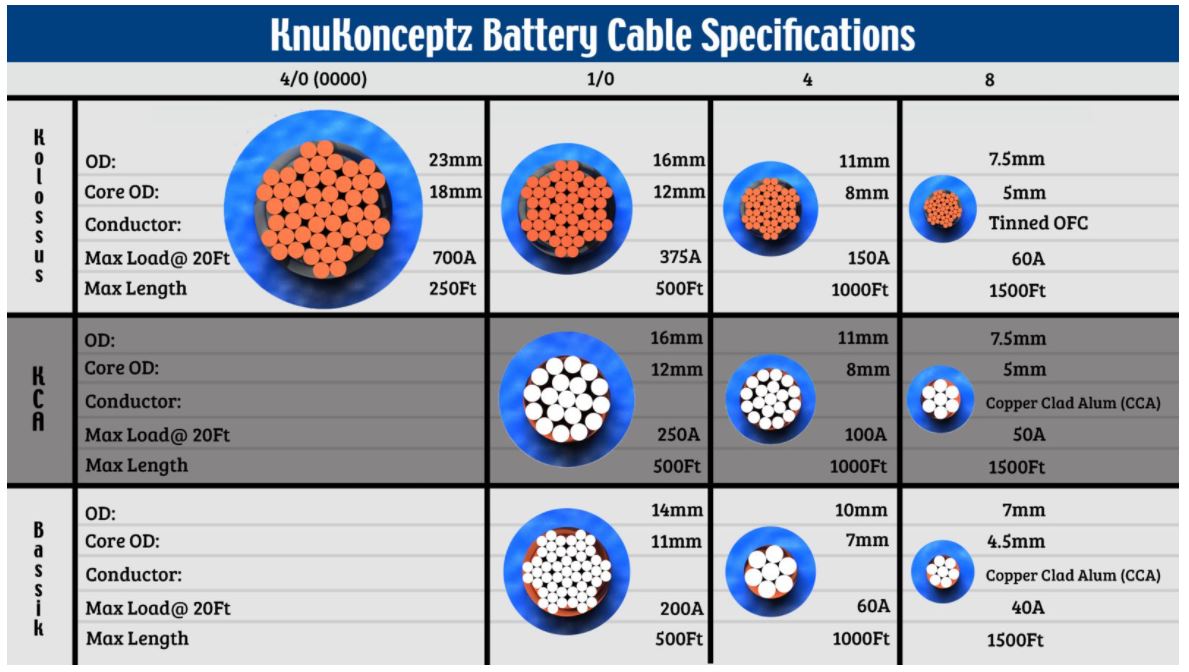KnuKonceptz helps us break down when to use which wire option.
If you are upgrading your car stereo, you need power. Lots of it. Ultimately you have a few choices in that department, which boils down to two acronyms: CCA and OFC.
CCA stands for Copper Clad Aluminum, an alternative to the more vaunted OFC (Oxygen Free Copper) cable. On the whole, CCA is a source of continuing controversy, especially among the old-school 12V crowd and car audio purists, given OFC is a far better conductor of power. So why would anyone use CCA? The most common reason is the simplest one: price.
“CCA is a good value when used properly,” says Bill Greenberg, owner of 12-volt wire manufacturer KnuKonceptz. By “properly,” he refers to accurate power ratings, which the company prints on every product page. By adhering to the specs, the wire serves as an economical way to get the right amount of power to the system.
If the user buys CCA with the expectation of equating it to OFC – that’s where the problems can arise. Excessive heat, high resistance, voltage loss, and potential failure of the wire itself are all pitfalls to be aware of and avoided – aluminum or not.
“Right now, raw copper costs roughly four times that of aluminum, which works out because copper is about twice as conductive as aluminum.” Mr. Greenberg explains. “CCA is typically less than half the cost of OFC, so you could get twice the amount of CCA wire and still spend less than the needed amount of OFC.” The appeal to the budget-conscious consumer is more than understandable.
Here’s an example: let’s say you require 100 amps of current draw (add all the amplifier fusing up in your sound system to get this value). To get that amount of power handling from a copper power wire, KnuKonceptz suggests four gauge OFC cable ($1.49/ft.). For aluminum? Raise the gauge up to 1/0 gauge of CCA ($0.89/ft.). See the scale for their head-to-head comparison.
The car stereo faithful often disagree with the frugal approach, as CCA is well documented to carry less current versus the same size OFC wire, while getting hotter in the process; not to mention that aluminum is nearly impossible to solder. This means that once you commit to cutting it off the spool, you’ll be hard-pressed to alter the length of the wire run without breaking out a welder.
As for the 99.9% pure copper option, OFC typically comes in two “flavors” – tinned and un-tinned. The tinned version means that each individual strand of copper is protected with a thin coating of tin. This helps on two fronts: firstly, it inherently makes the cable more resistant to corrosion, which will invariably come into play in your engine bay. An added bonus is that the cable tends to last longer and deliver a more reliable amount of power over time, as the corrosion on an un-tinned wire inhibits the flow of electricity. As the wire is pre-coated, it also makes joining two cables that much easier if needed.
The sacrifice made by tinning any cable is conductivity, as the tinning process does create a slight amount of power loss. Pre-tinned OFC is often the most expensive wire option as well, but as the saying goes: you get what you pay for. The inherent protection, cooler operating temperature, and smaller diameter makes it an excellent choice for a stealthy, safe install.
When it comes to making your decision, the advice is simple: listen to the experts. Ask questions - even ones you think may put you in the “noob” category.
Simply put, if you care more about saving space, far higher efficiency, and lower heat levels, copper is the way to go. If you want a more economical option and don’t mind a comparatively larger gauge wire (or multiple smaller ones), CCA is what you’ll probably go for. Both will get the job done if run in the right way, and for the right power requirements. By far the biggest mistake you can make is the easiest one: willful ignorance. Heed expert advice and your system will get all the power it could ever want.
To learn much, much more about this, visit www.knukonceptz.com.
Related Articles
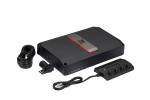 KICKER Introduces Premium LX-Series Amplifiers
KICKER Introduces Premium LX-Series Amplifiers
 MTX Terminator Amplifiers Makes Their Triumphant Return for 2024
MTX Terminator Amplifiers Makes Their Triumphant Return for 2024
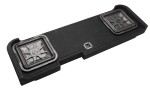 KICKER Under-Seat Loaded Enclosures for Ford, GMC, Chevy, RAM
KICKER Under-Seat Loaded Enclosures for Ford, GMC, Chevy, RAM
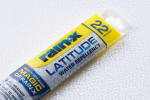 Rain-X Latitude Water Repellency Wipers Make Winter Driving Bearable
Rain-X Latitude Water Repellency Wipers Make Winter Driving Bearable
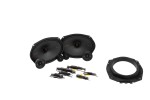 KICKER Introduces Pairs of 3-Way Component Systems
KICKER Introduces Pairs of 3-Way Component Systems


